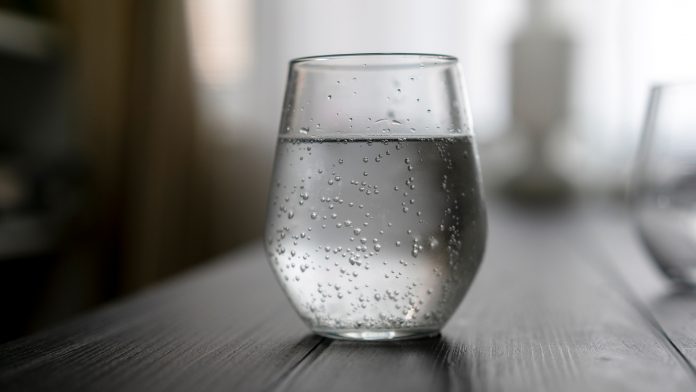
According to researchers, nanobubble technology, can deliver oxygen to diseased cells and help restore the effectiveness of cancer treatment.
Professor Joseph Irudayaraj and his team from University of Illinois at Urbana-Champaign Bioengineering have recently developed a nanotechnology-based platform that delivers oxygen to diseased cells and helps restore the effectiveness of cancer treatment. Could nanobubble technology be the new revolutionary treatment we need?
Nanobubble technology could possible improve efficacy of existing cancer treatments
A major obstacle in effectively treating certain cancers is a condition known as hypoxia, where tumour cells are starved of oxygen and consequently become resistant to conventional treatments like radiation and chemotherapy. When this happens in practice, a doctor typically increases the radiation dose or the concentration of the chemotherapy drug, which often adversely affects the patient.
“Cells in the hypoxic state are two- to three-times less receptive to treatments like radiation and chemotherapy,” noted Irudayaraj, the Founder Professor in Bioengineering.
“If our technology can even decrease the radiation dose by 20%, then that’s effective.”
Injecting nanobubbles
Irudayaraj and his research team created injectable nano-size oxygen bubbles made of FDA-approved cellulose compounds that are bio-compatible.
In a study published in Nature Scientific Reports, they injected the 80-500 nanometer-size nanobubbles in mouse models with cervical cancer (HeLa) and bladder cancer (MB49) tumours.
Exposed to the acidic microenvironment around and inside the tumour cells or triggered by ultrasound, the nanobubble shells are disintegrated, releasing oxygen and destabilising the hypoxia-adaptive pathways. As a result, the oxygen nanobubbles altered the epigenetic state of the cell cycle-related genes and slowed the spread of the cancer cells.
According to Irudayaraj, this work was the first demonstration of the safe and successful implementation of oxygen nanobubbles less than 100 nm, and it provides the first evidence of the therapeutic potential of the nanobubbles in reverting hypoxic tumour regions. The nanobubble technology may eventually be an adjuvant for treating lymphoma and bladder, prostate, and breast cancers.
In this representation, the nanobubbles (blue dots) serve as ultrasound contrast agents and could be triggered by ultrasound to release oxygen and destabilize the hypoxia-adaptive pathways in the tumour.
























